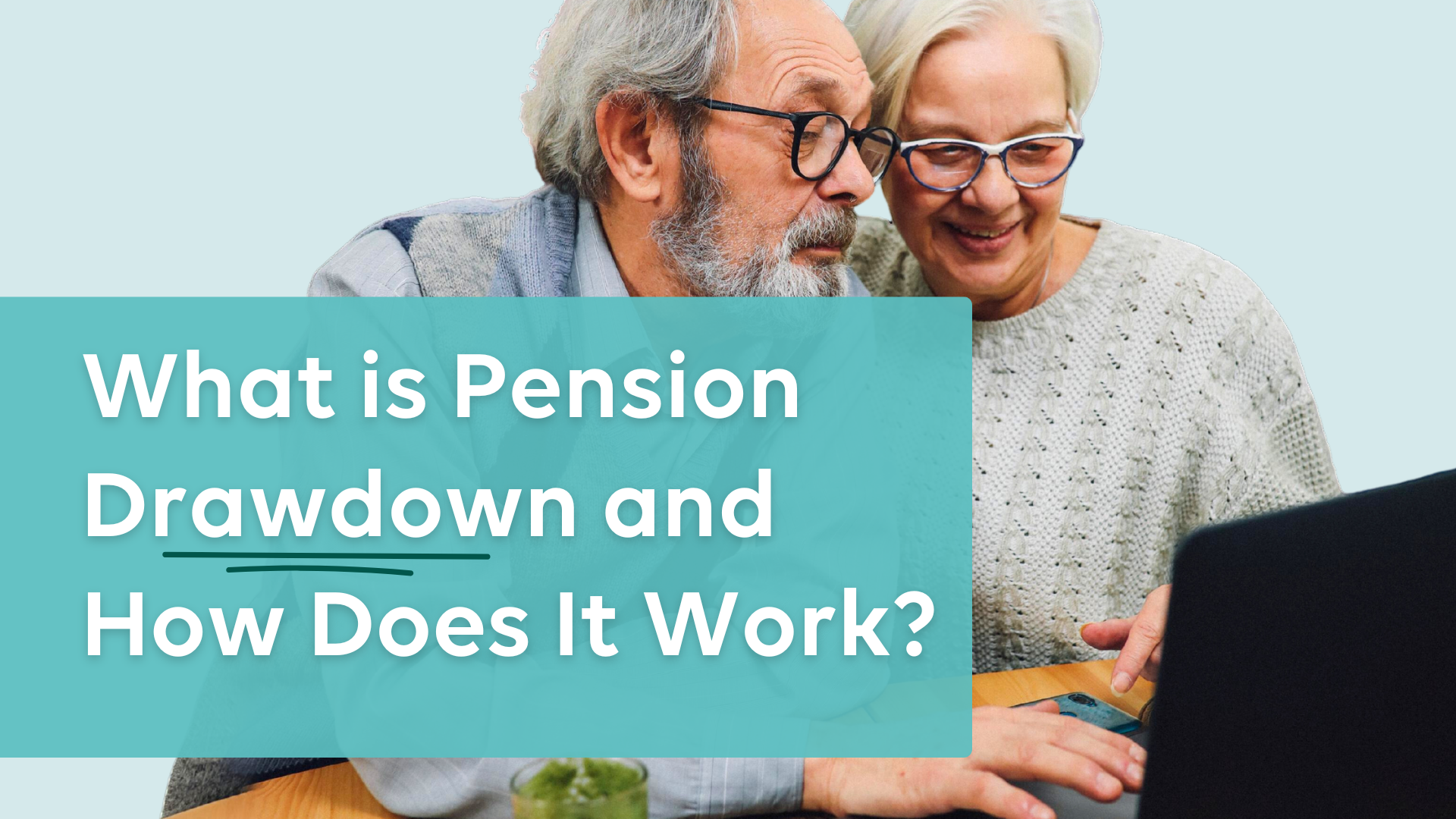Should You Carry On Or Call It A Day?
You’re still sharp, full of energy, and not quite ready to swap your work boots for gardening gloves just yet.…


If your 55th birthday is approaching, there are bigger questions you should ask yourself than, “What type of cake would I like?”.
As you’ll be able to start accessing your pension shortly, you’ll need to figure out if that time has come, or whether you should hold off for a while longer.
There may be lots of reasons why you might want to take your pension now. Perhaps you may want to cut down on your hours at work, pay off debts, support your children or grandchildren, or even go on that holiday of a lifetime.
But you are under no obligation to do anything. You can leave your pension where it is and continue to pay in.
It’s your money and your choice, so here’s some key considerations for you to keep in mind before you decide how and when to access your pension.
Since April 2015, we’ve benefitted from ‘Pension Freedoms’ – tax rules which grant people aged 55 and over greater access to pension funds and flexibility over how the money is received.
One of the benefits has been the introduction of pension drawdown or ‘flexi-access drawdown’ products. To take advantage of this approach, funds are moved from your pension pot into the new scheme. You can choose to move all or just some of your savings into the pension drawdown. You can even do the transfer in stages, moving the funds a bit at a time.
What can make pension drawdowns particularly enticing, are the tax-free lump sum payouts, associated with them.
When pension funds are moved into drawdown, 25% of the transfer can be received tax-free, whether that’s the whole amount or 25% of the proportion you’re moving each time.
It’s important to bear in mind that the minimum pension age is going up to 57 from 6 April 2028, and this may change again in the future. So, if you were born after 6 April 1971, you’re likely to have to wait a little bit longer to access your pension pot.
When it comes to accessing your pension, you have two options. Take flexible income (drawdown) or a guaranteed income (annuity).
When deciding between these two, it’s important to think about your retirement goals, preferences, and personal circumstances. Both options allow you to turn your pension savings into a regular income, but they work in different ways:
Usually, the easiest way to get started is by applying for a drawdown product with your current pension provider.
If they don’t offer any drawdown schemes, it’s not a problem. You can transfer your pension funds to another provider and take advantage of the benefits they offer instead.
Unfortunately, no. You can’t do this directly and only Defined Contribution pensions can be transferred into drawdown.
You must of course consider the way in which these types of pensions work. Traditionally the Defined Benefit or ‘company pension’ was designed to reward past employees for their contributions, by providing an income for the rest of their lives.
The money isn’t technically yours, but the company agrees to pay it in this manner. Additionally, the total value depends on how long you live for.
With a Defined Contribution pension, there’s no such complications. The total value is determined by how much money has been moved into it (by you or by your employer).
The pension pot belongs to you
Just remember that withdrawals above 25% of the total value are taxable. Head over to our blog Do You Know How Your Pension is Taxed? for further information.
If you don’t need a regular, guaranteed income and:
But remember, your pension is an investment and with all investments, performance isn’t a guarantee. The value can go down as well as up, and you could lose money.
As always, the ‘4% Rule’ can assist with your decision.
This guideline is a good rule of thumb for suggesting how much money you can withdraw from your savings each year without running out of money. If you withdraw no more than 4% in the first year and then adjust for inflation with each subsequent year, your savings should last you for around 30 years in total.
It’s not a perfect fit for everyone, so even if you’ve offset the figures against the lump sum taken via pension drawdown (to ‘spread the cost’ over time), you still need to take your personal situation and expectations into account.
If you’re still unsure if pension drawdown is for you, the best bet would be to seek professional financial advice from an FCA-regulated advisory firm.
This is where Joslin Rhodes comes in. We have an expert team of UK Pension and Retirement specialists who would be more than happy to help you decide what’s the best option for you.
Get in touch today to arrange a free consultation.
Joslin Rhodes Pension & Retirement Planning – Real Advice, For Real People
Pop your details below to arrange a call with our local pension & retirement planning advisers

You’re still sharp, full of energy, and not quite ready to swap your work boots for gardening gloves just yet.…